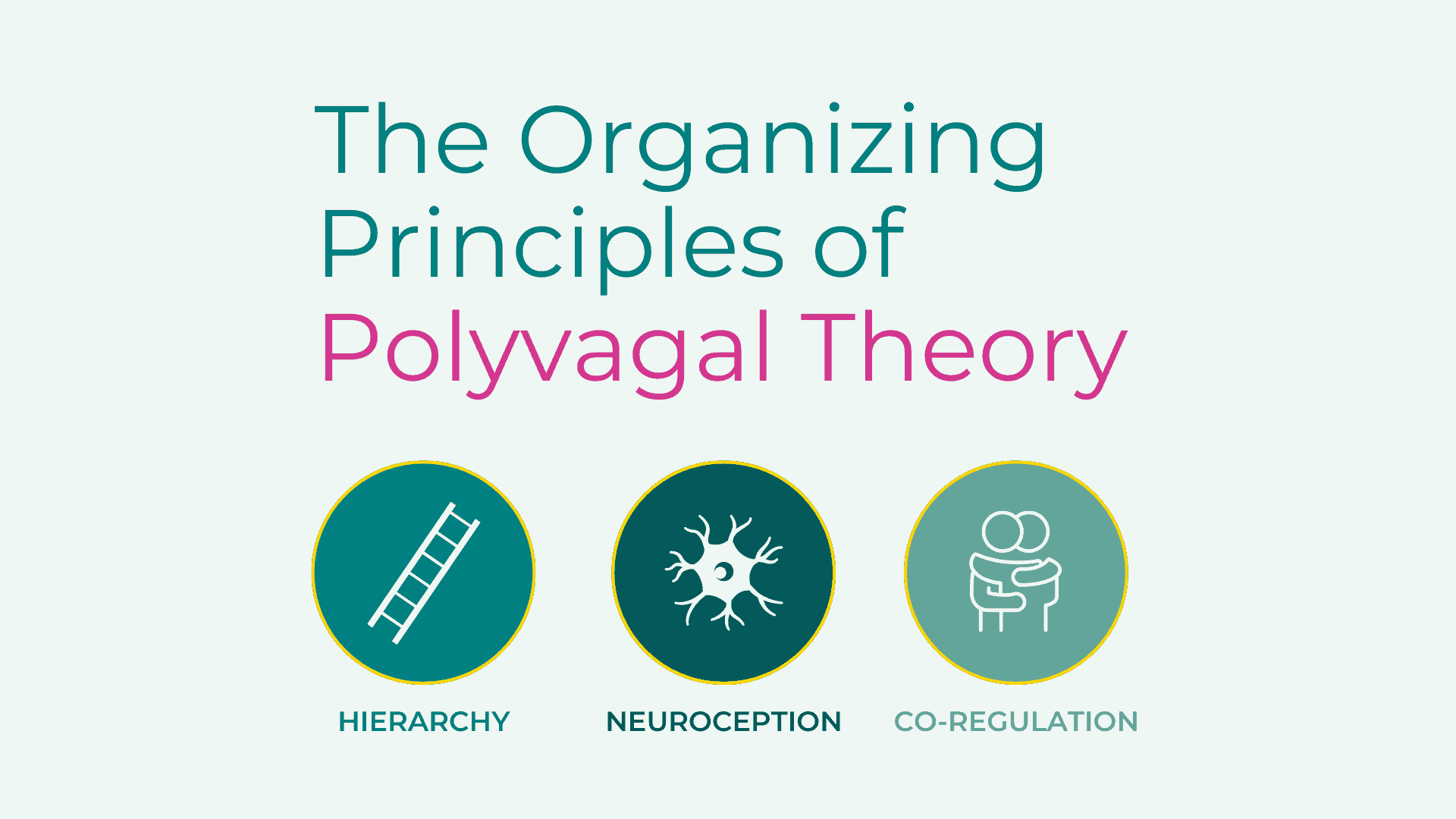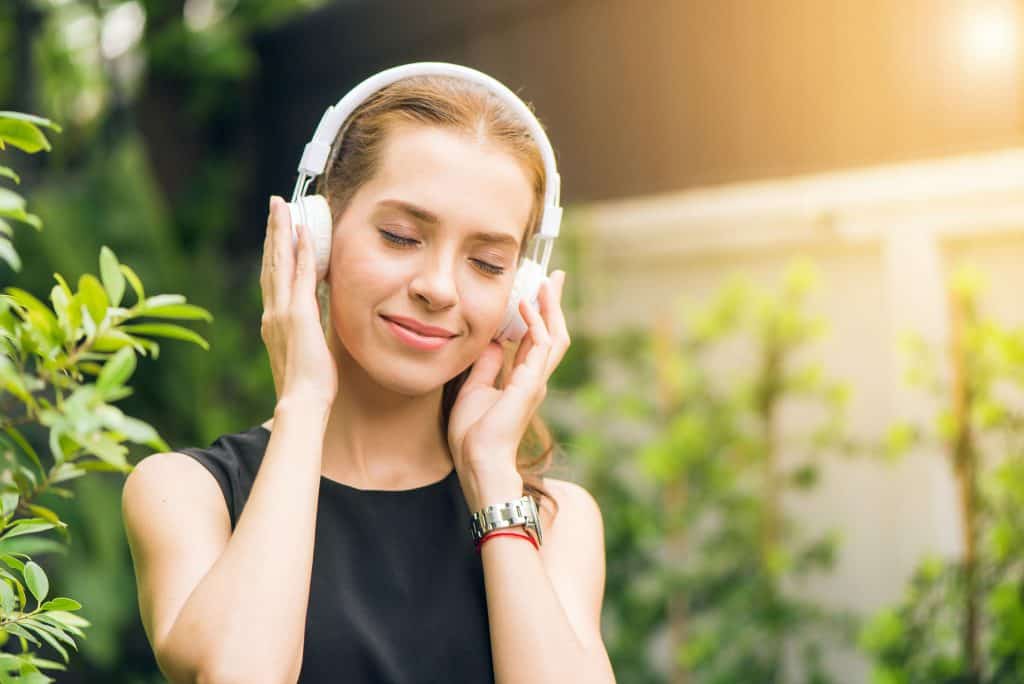About the Provider
Name: Amanda M. Edwards
Discipline/Credentials: Licensed professional counselor (LPC)
Modalities: Safe and Sound Protocol (SSP), somatic and attachment-focused EMDR, trauma yoga, dialectical behavior therapy (DBT), play-based therapy
Client Background
Name: Lucy (pseudonym)
Age and Gender: 38-year-old woman
Program Delivered: Safe and Sound Protocol (SSP) (SSP Core, Hours 1 through 5; SSP Balance, Hour 1)
Lucy reported a diagnosis of obsessive-compulsive disorder (OCD) as well as anxiety and some depressive features. She was experiencing distress at home, at work, and socially.
Lucy was living with her biological parents after years of drug use, homelessness, domestic violence, and having to put a child up for adoption. She remembers receiving therapy during her teen years and early adulthood for panic attacks and anxiety but didn’t recall it being helpful.
Lucy was hoping to “be less reactive” (experience fewer OCD and anxiety symptoms), and to feel calmer and happier with her life. She felt improvement with medication hand-in-hand with her sobriety but was still anxious, on edge, and feeling incapacitated when around those in positions of authority or perceived authority. This left her unable to advocate for herself in a toxic work environment and continually feeling victimized by her parents’ behaviors at home.
Implementation of the SSP
The SSP was delivered to Lucy in a hybrid model: provider Amanda M. Edwards began with five- to 10-minute sessions in person and built up to 10- to 15-minute sessions independently and in person.
With all her clients, Amanda reviews the basics of the Polyvagal ladder and explains the mechanisms behind the SSP. Amanda also used EMDR interventions in session to support Lucy to process childhood trauma.

Free download: The Organizing Principles of Polyvagal Theory
Share with your colleagues and clients! The science of safety explained visually in an infographic format.
Response
Lucy reported a significant decrease in “experiencing great discomfort and/or avoiding social settings,” “depression symptoms,” “anxiety symptoms,” and “panic symptoms” rated as frequently to almost never or sometimes. Amanda also reported the following assessment results:
- PCL-5 (PTSD screener) went from 26 to 14
- GAD-7 score went from 8 to 6
- PHQ-9 score went from 6 to 5
Lucy reports feeling able to advocate for herself at work, take walks or meditate in her car instead of working through her breaks. She has just purchased a condo and has communicated effectively with her parents about her plans to live on her own, including plans to maintain her sobriety. Lucy also began dating again, after having abstained from romantic relationships since she left her life of drug use.
Discussion
“I truly believe the psychoeducation around the Polyvagal ladder and understanding how the SSP works (and what to expect while engaged in it!) is hugely beneficial for clients,” Amanda shared.
“It can be a tremendous opportunity to offer mindfulness, distress tolerance, and emotion regulation skills in a way that feels non-confrontational for a client, because everything that comes up is good and it’s all the SSP — removing the pressure and judgment from the client themselves. This is huge for individuals with developmental trauma who were taught that their feelings were not to be trusted and/or were bad.”




 © 2025 Unyte Health US Inc.
© 2025 Unyte Health US Inc.